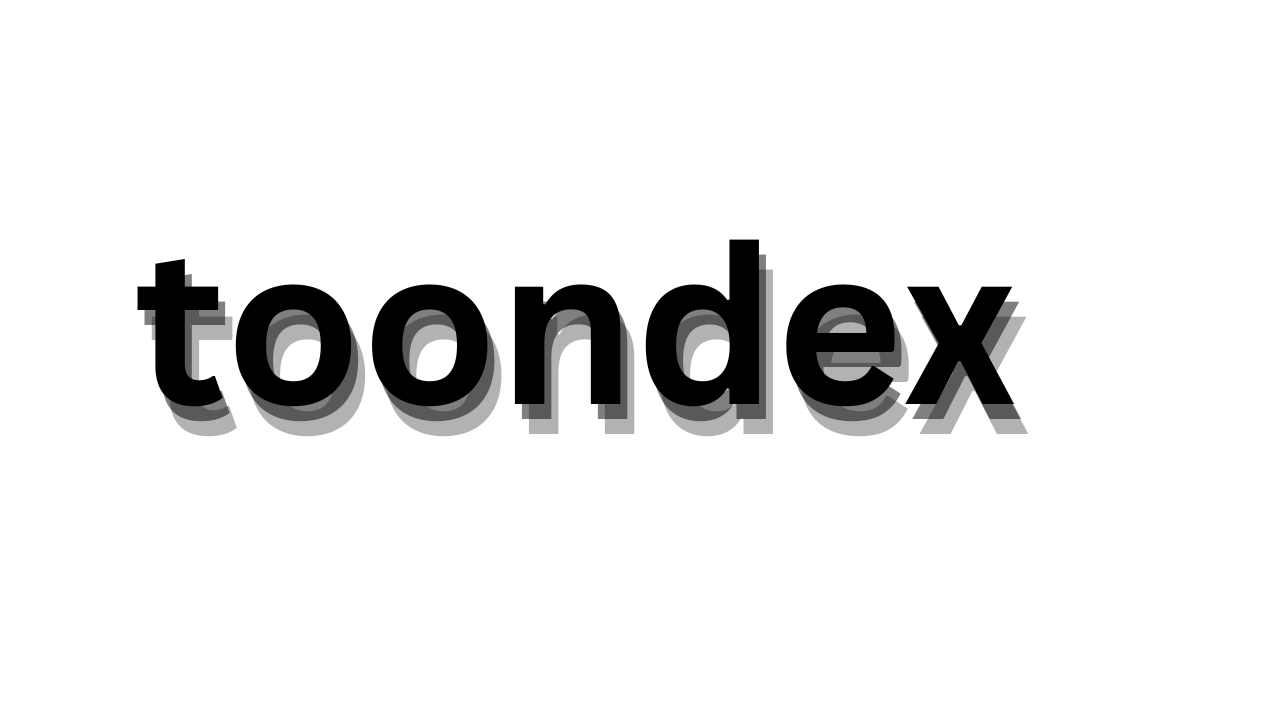Introduction
3D design may seem daunting at first, but with the right guidance, it’s far more approachable than you’d think. The 3d659.com blog is an excellent resource for anyone looking to dip their toes into 3D design, and they’ve rounded up four beginner-friendly projects that make starting easy and enjoyable. Whether you’re a total newcomer or someone with a budding interest in 3D, this article will walk you through four simple, satisfying projects that will help build your confidence and skills in no time. Ready to roll up your sleeves and get creative? Let’s dive in!
Why Start with 3D Design?
Starting 3D design might feel like jumping into the deep end of a very complex pool. But here’s the thing: just like learning to swim, it’s all about pacing yourself and learning the fundamentals first. Whether you’re interested in game design, animation, product modeling, or simply creating for fun, 3D design offers a world of creative possibilities. The 3d659.com blog is packed with beginner resources, tips, and ideas that break down the basics into manageable chunks. So let’s start with some small steps—projects that are as enjoyable as they are educational.
Project 1: Creating a Simple 3D Object – The Classic Mug
There’s a reason that many beginner 3D design tutorials start with a mug. It’s a simple object that incorporates many of the basic principles of 3D modeling, such as shaping, adding details, and working with symmetry.
- Why It’s Beginner-Friendly: Mugs have straightforward shapes, making it easy to learn and practice basic modeling techniques without feeling overwhelmed.
- Skills You’ll Learn: You’ll practice creating shapes, adjusting proportions, and adding details like handles. Plus, you’ll get a feel for scaling objects within your design space.
- Tips from 3d659.com Blog: Try playing around with different mug shapes, handle designs, and textures. The blog suggests experimenting with textures like ceramic or metal to give your mug a unique look.
Engagement Tip: Creating a mug lets you bring an everyday object to life, and it’s fun to imagine sipping from your 3D creation someday. Think of it as giving a 3D twist to your favorite coffee cup!
Project 2: Design a 3D Character – Meet Your First Cartoon Friend
Once you’ve gotten comfortable with basic shapes, why not take it up a notch and try creating a character? It could be anything you like: a friendly robot, a cute animal, or a cartoonish person. The goal here is to play with forms, try adding limbs, and practice adding simple details.
- Why It’s Beginner-Friendly: Cartoon characters don’t have to be highly detailed, making them great for practicing 3D without stressing over perfection.
- Skills You’ll Learn: In addition to using basic shapes, you’ll learn how to group and layer elements, create facial expressions, and maybe even add a little movement.
- Tips from 3d659.com Blog: The blog recommends starting with big, expressive shapes and using color to bring your character to life. Don’t worry if it looks a bit silly—character modeling is all about creativity!
Engagement Tip: This is where you can really have some fun. Give your character a goofy smile or funny features. Maybe they’re holding a tiny mug (the one you made earlier!) or wearing oversized glasses. Each detail makes it more “you.”
Project 3: Crafting a Simple 3D Scene – Build Your Own Mini World
Once you’ve got a feel for objects and characters, it’s time to try your hand at creating a scene. Imagine a tiny kitchen with your mug on the table, a beach scene with a beach ball, or a cozy campfire with a tent and logs.
- Why It’s Beginner-Friendly: You can keep it as simple or complex as you want, and there’s a ton of room for creativity without requiring too many technical skills.
- Skills You’ll Learn: Scene creation helps with spatial awareness, layering, and arranging multiple objects cohesively. You’ll also practice setting up lighting to make your scene more realistic.
- Tips from 3d659.com Blog: The blog suggests experimenting with different types of lighting (like soft and hard shadows) to give your scene atmosphere. It can change the feel from daytime to evening with a few tweaks.
Engagement Tip: Building a mini scene feels like decorating a tiny room or creating your own mini diorama. It’s fun, relaxing, and a great way to exercise your imagination. And remember—there are no wrong choices when creating your world!
Project 4: Adding Texture and Color – Bringing Your Designs to Life
The final step in your beginner journey is to add texture and color to your models. If you’ve crafted a mug, a character, and a scene, you now have three items that you can customize even further. Texturing and coloring let you put the finishing touches on your projects, adding a new level of depth and realism.
- Why It’s Beginner-Friendly: Coloring and texturing are both intuitive and rewarding. Even small changes in texture can make a big difference in how your object appears.
- Skills You’ll Learn: You’ll experiment with various textures (like wood, metal, and fabric) and see how they affect light and shadow. Plus, you’ll explore color theory and practice making choices that complement your designs.
- Tips from 3d659.com Blog: Don’t just stick to standard colors—try bold, unexpected combinations! The blog recommends using free texture libraries to access materials like wood grain, marble, and glass for that extra bit of pizzazz.
Engagement Tip: Imagine your mug with a wood texture or your character with a patterned outfit. Texturing lets you add personality, turning a basic model into something that’s truly your own. It’s the cherry on top of your 3D masterpiece!
Taking Your Next Steps in 3D Design
These beginner-friendly projects are just the start. Once you feel comfortable, the 3d659.com blog is full of tips for taking on more advanced projects. You’ll find tutorials on everything from animation basics to 3D printing, all designed to guide you as you grow your skills. And who knows? Your simple mug might be the start of a whole portfolio of unique 3D creations!
Conclusion: 3D Design for Everyone, One Step at a Time
Getting started with 3D design doesn’t mean tackling complex projects from the get-go. With these four beginner projects, you’ll find that 3D design can be approachable and fun, especially when broken down into smaller, manageable steps. The 3d659.com blog is an invaluable resource for beginners and experienced designers alike, providing not just tutorials but also inspiration and advice. So grab your mouse, open your favorite design software, and get ready to bring your ideas to life in three dimensions. Happy designing!
FAQs
What tools do I need to start with 3D design?
To get started, all you need is basic 3D design software like Blender, Tinkercad, or SketchUp. These tools are free, beginner-friendly, and have plenty of tutorials available online.
Why does 3d659.com blog recommend starting with a mug design?
Starting with a simple mug design teaches basic skills like creating shapes, scaling, and adding details, making it a perfect first project for beginners.
How difficult is it to create 3D characters?
Creating characters can be challenging but is highly customizable. For beginners, simple cartoon-style characters are recommended, as they don’t require advanced skills and allow you to experiment with shapes and expressions.
How can I make my 3D designs look more realistic?
Adding textures and lighting can make a significant difference. The 3d659.com blog suggests experimenting with different textures and lighting settings to add depth and realism to your designs.
Is 3D design only for professionals?
Absolutely not! 3D design is accessible to anyone willing to learn. With beginner-friendly projects and plenty of online resources, including the 3d659.com blog, anyone can start creating 3D designs.




